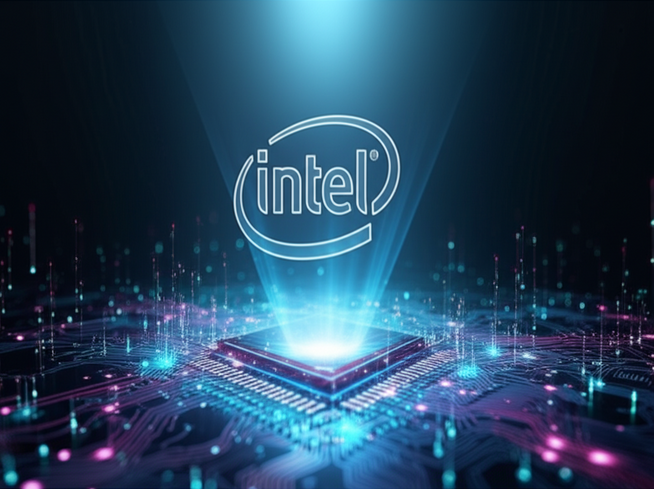In the rapidly evolving world of information technology, few companies have played as pivotal a role as Intel. Known primarily for its processors, Intel is more than just a hardware manufacturer; it is a leader in driving innovation in various areas of IT, including cloud computing, artificial intelligence (AI), and data analytics.
The Legacy of Intel in Technology
Founded in 1968, Intel has been at the forefront of technological advancements. From launching the first microprocessor to establishing standards for computer compatibility, Intel has been a major player in the tech ecosystem. Its architectural innovations have paved the way for advancements in computing power, enabling businesses and consumers to leverage technology for productivity, security, and emergent applications.
Intel and Cloud Computing
With the rise of cloud services, Intel has adapted by providing technology solutions that empower cloud infrastructure. Intel processors are essential in data centers, supporting virtualization and computing performance. Through initiatives like Intel’s Cloud for All, they aim to democratize access to cloud capabilities, ensuring businesses of all sizes can harness the power of cloud computing.
Artificial Intelligence: Intel’s New Frontier
Artificial intelligence is another space where Intel is making significant strides. By integrating AI capabilities into their hardware, such as the Intel Xeon processors, they enable efficient data processing and faster decision-making. Their developments in AI drive innovations across multiple sectors, ranging from healthcare to finance, showcasing how Intel helps shape the future through technology.
The Role of Data in Intel’s Strategy
As data continues to proliferate, Intel’s focus on big data analytics has become more pronounced. The company’s platforms assist organizations in managing and analyzing data more effectively, leading to powerful insights that drive better decision-making and strategic planning. For instance, companies can leverage Intel’s data-centric architecture to streamline operations and improve their competitive edge.
Intel’s Market Strategy and Innovations
Intel continuously invests in research and development (R&D), ensuring they remain a leader in technological innovation. Their strategy includes partnerships with key industry players and a focus on sustainability in their manufacturing processes. Innovations such as Intel’s Optane memory illustrate their commitment to enhancing performance while addressing evolving market needs.
Conclusion: Intel’s Vision for the Future
As Intel continues to push the boundaries of technology, its influence on the future of information technology remains undeniable. With an adaptive strategy, commitment to innovation, and focus on integrating new technologies like AI and big data, Intel is well-positioned to shape the future of IT. Businesses must keep an eye on developments from Intel as they continue to redefine the landscape of information technology.








